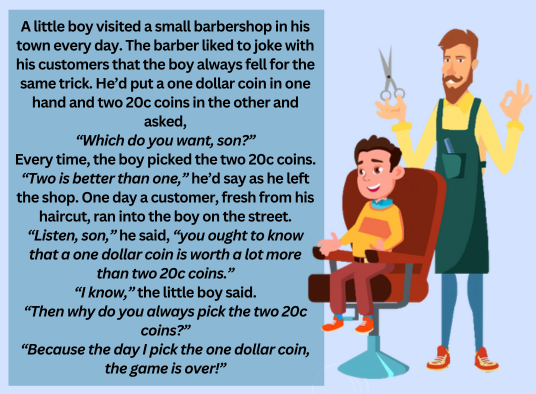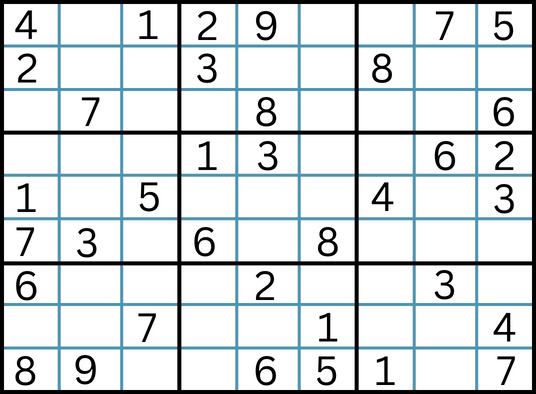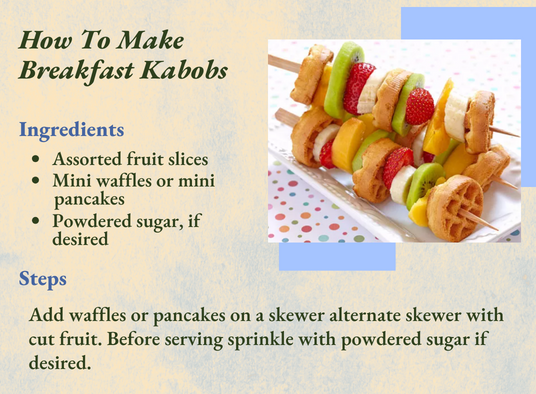How to Create Balance in Your Kid’s Life
The key to creating balance in your child’s life is to establish a sound support system at home where your child is satisfied with their achievements and where they can grow feeling confident and competent. In the next two Newsletters, I am going to share with you strategies to help your child achieve balance.
1. Encourage special skills – Your child has skills and abilities that are unique to them. Learn to recognise what these are and then help your child to excel in these areas that come naturally to them. It might be music, it could be drawing, it doesn’t matter what it is, just encourage it to grow. It will be a powerful source of happiness and confidence for your child.

Christine Hawkins
Owner KMEC Hunter
2. Don’t over book your child – These day’s it’s a common practice to enrol our kids in many extracurricular activities. The problem is between school and these activities, children can begin to feel overwhelmed, and they can become stressed. Make sure your child has down time just to kick back, relax, and do unscripted activities.

3. Eat dinner together – Eating dinner as a family is great family time. It’s not about what’s being served, but rather about the social interaction. It’s a time to hear about each other’s day, solve problems, learn family values, and encourage your child. One study done at the Columbia University found that kids who ate with their families at least five meals a week were far less likely to develop eating disorders. It doesn’t have to be dinner time. Find a meal where you can all be together and make that your special time together.
4. Create a balanced bedtime – It is important to establish a bedtime and be consistent every night. Have a policy where all electronics have to be shut off 30 minutes before bedtime to help turn off the brain.
Creating balance in your child’s life will help to create a healthy, happy, less stressed child.
The Planets: A Quick Tour of Our Solar System
- Mercury – The planet closest to the sun can reach temperatures of 427 degrees Celsius, but also a chilly low of -173 degrees at night,
- Venus – Farther from the sun, but hotter than Mercury, Venus’s surface has an average temperature of 468 degrees; hot enough to melt lead.
- Earth – Our rotation is slowing, but don’t panic. The decrease is only about 17 milliseconds per 100 years, so we won’t have 25-hour days for 140 million years.
- Mars – Looking for a rock from Mars? You can find them here on Earth. Meteorites from the red planet have been discovered in the Sahara and in Antarctica.
- Jupiter – This gas giant has a magnetic field so powerful it draws space debris into its orbit, thus protecting the inner planets.
- Saturn – Saturn is famous for its ring, but they aren’t unique. Jupiter, Neptune, and Uranus also possess rings, but they’re harder to see from Earth.
- Neptune – Winds on Neptune can reach a speed of 2414km per hour or more.
- Uranus – All planets rotate, but only Uranus does so on its side. Scientists speculate that a collision with another large object may have caused its tilt






